Dressings & Bandages
Published (updated: ).
Function of dressings
A dressing can have a number of purposes, depending on the type, severity and position of the wound, although all purposes are focused on promoting recovery and protecting from further harm. Key purposes of a dressing are:
- Control bleeding – to help to seal the wound to expedite the clotting process;
- Protection from contamination – to defend the wound against germs and mechanical damage;
- Absorb drainage – to soak up blood, plasma, and other fluids exuded from the wound, containing it/them in one place and preventing maceration (softening or whitening of skin that is kept wet);
- Ease pain – either by a medicated analgesic effect, compression or simply preventing pain from further trauma;
- Debride the wound – to remove slough and foreign objects from the wound to expedite healing;
- Reduce psychological stress – to obscure a healing wound from the view of the patient and others.
Since dressings can be used for many purposes, it stands to reason that there would be various types:
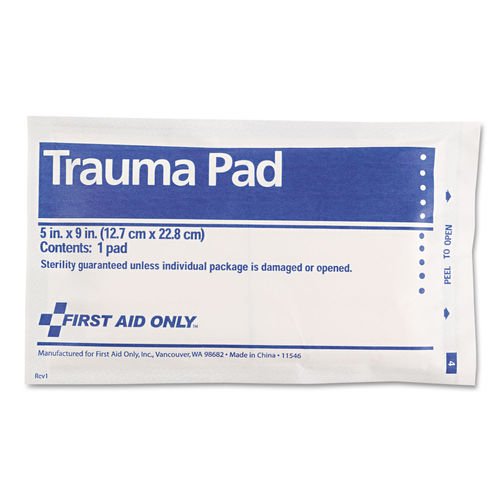

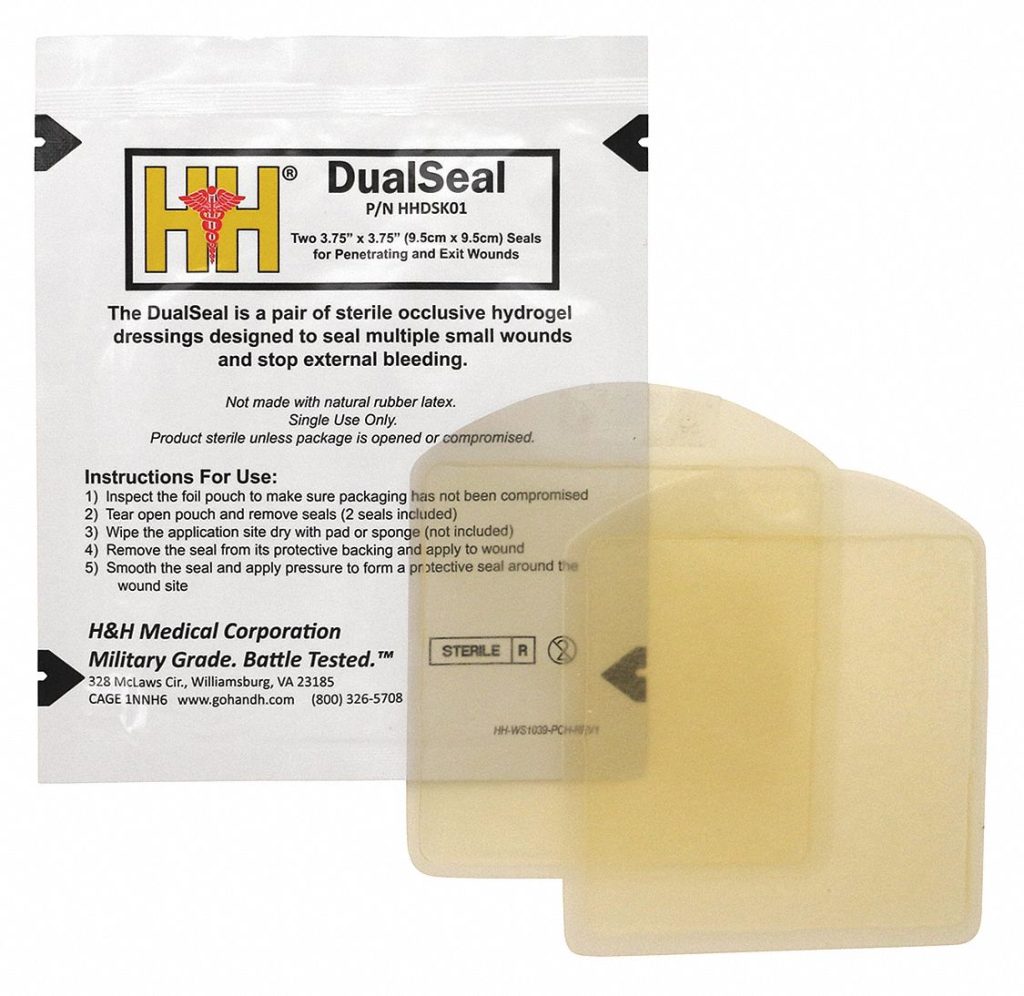



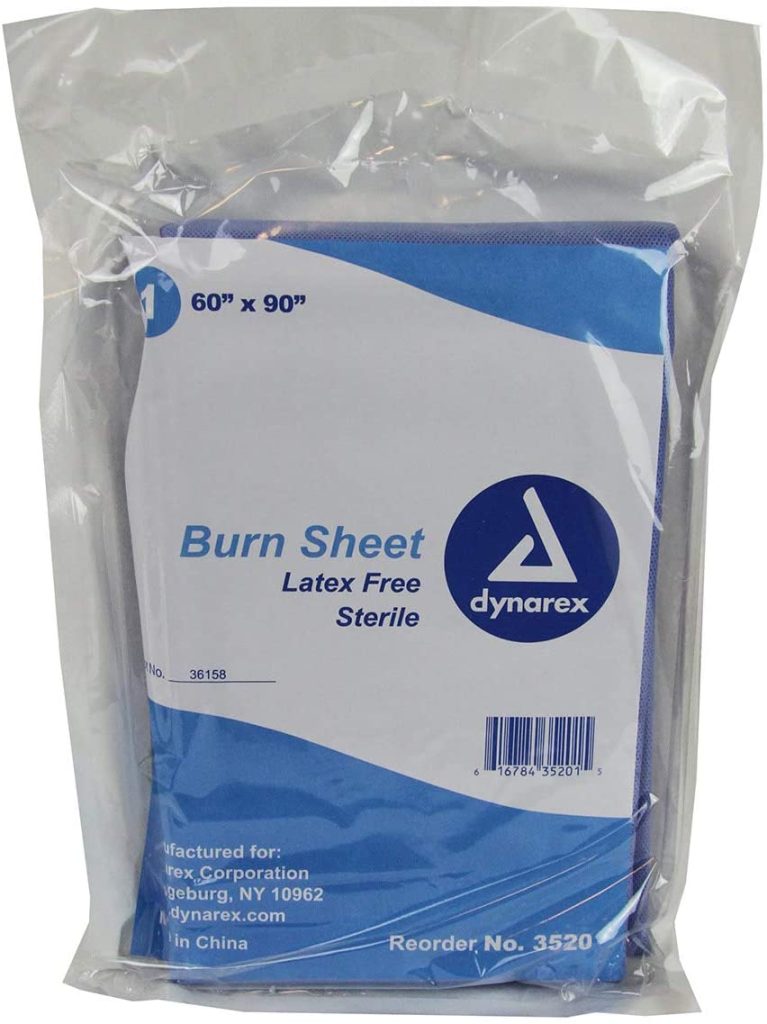
- Sterile gauze pads – Sterilized gauze pads are sterile fabric sponges that stop bleeding and protect the wound from infection. These dressings are intended to dress a wound for longer periods of time after bleeding has been controlled.
- Non sterile gauze pads – These non-sterile fabric sponges are intentended for emergency hemorrhage control. A handful of gauze is applied to a bleeding wound with a rescuer applying direct pressure over the wound.
- Occlusive dressings – Occlusive dressings are intended to seal off a wound, either to air (sucking chest wound) or to prevent heat loss (abdominal evisceration).
- Trauma dressings are large sterile sponges that are intended to dress a larger area than non sterile gauze pad.
Bandages hold dressings in place
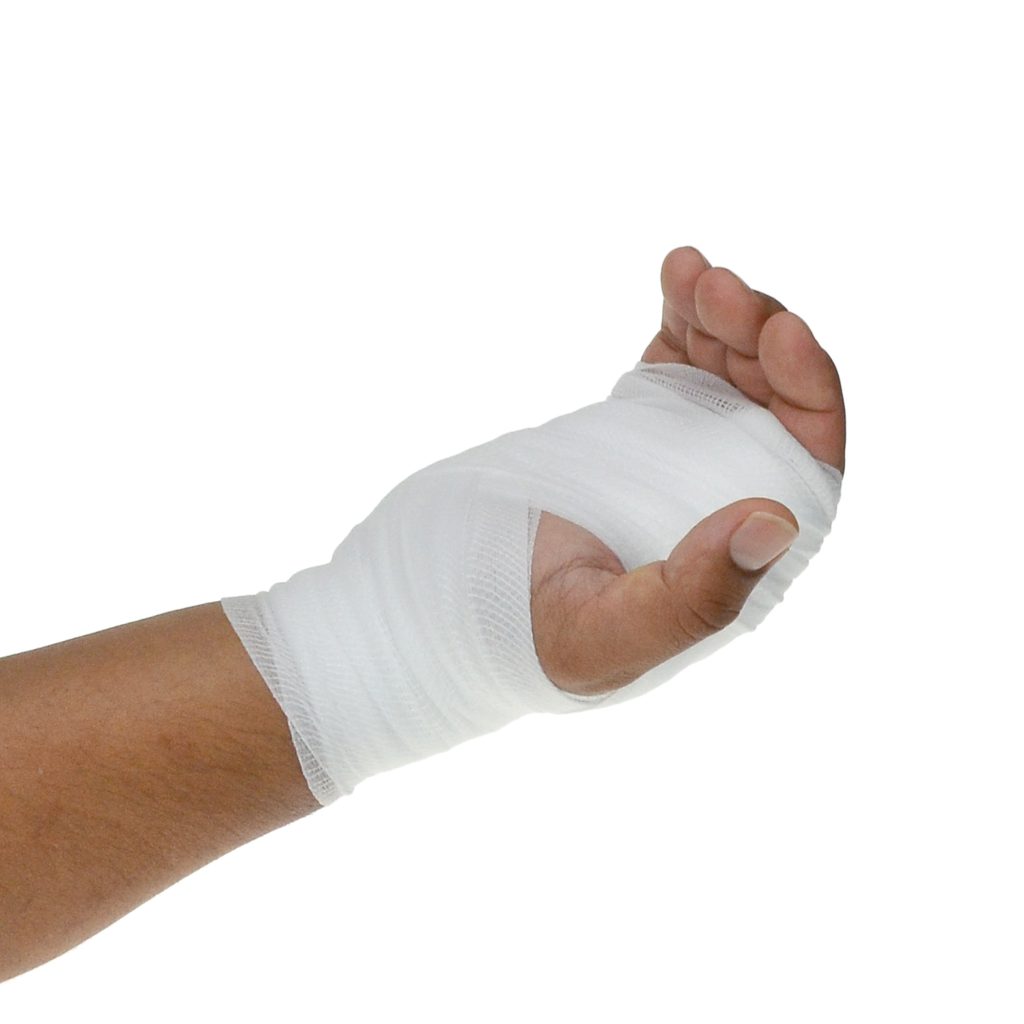
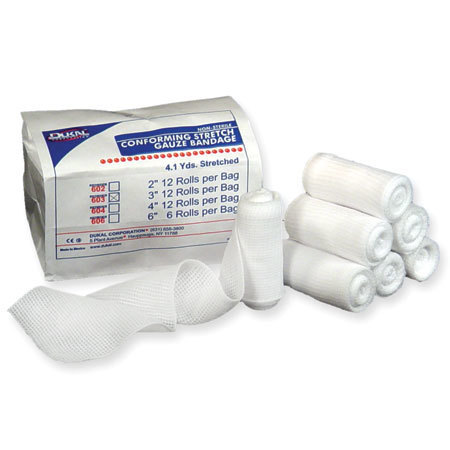
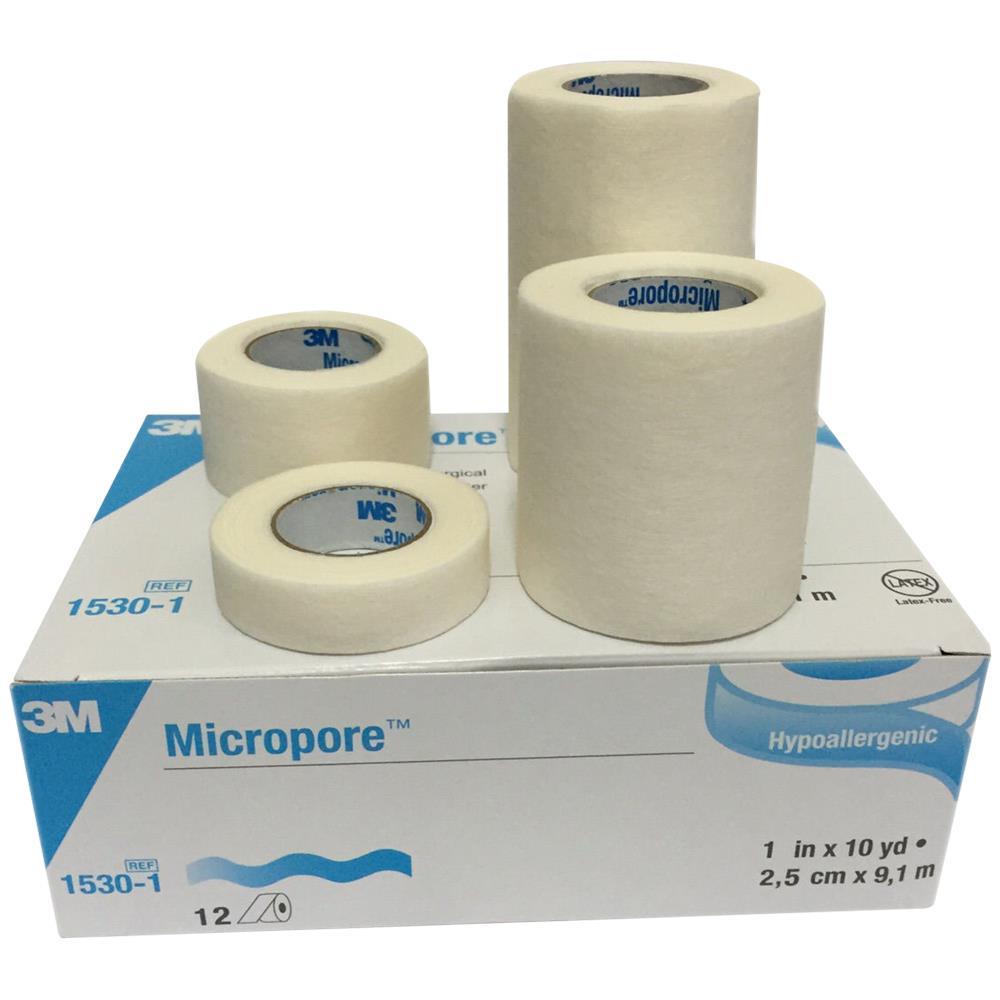
Non elastic (non-stretchable) adhesive tape of all sorts is typically used to hold dressings in place. Tape can be virtually any diameter, however the most common is 2 inch tape. Translucent adhesive bandages are often used to secure intravenous lines and secure small dressings. Elastic (stretchable) gauze is often used to wrap around a dressing to keep it in place. Like tape, the diameter of these bandages can vary.
